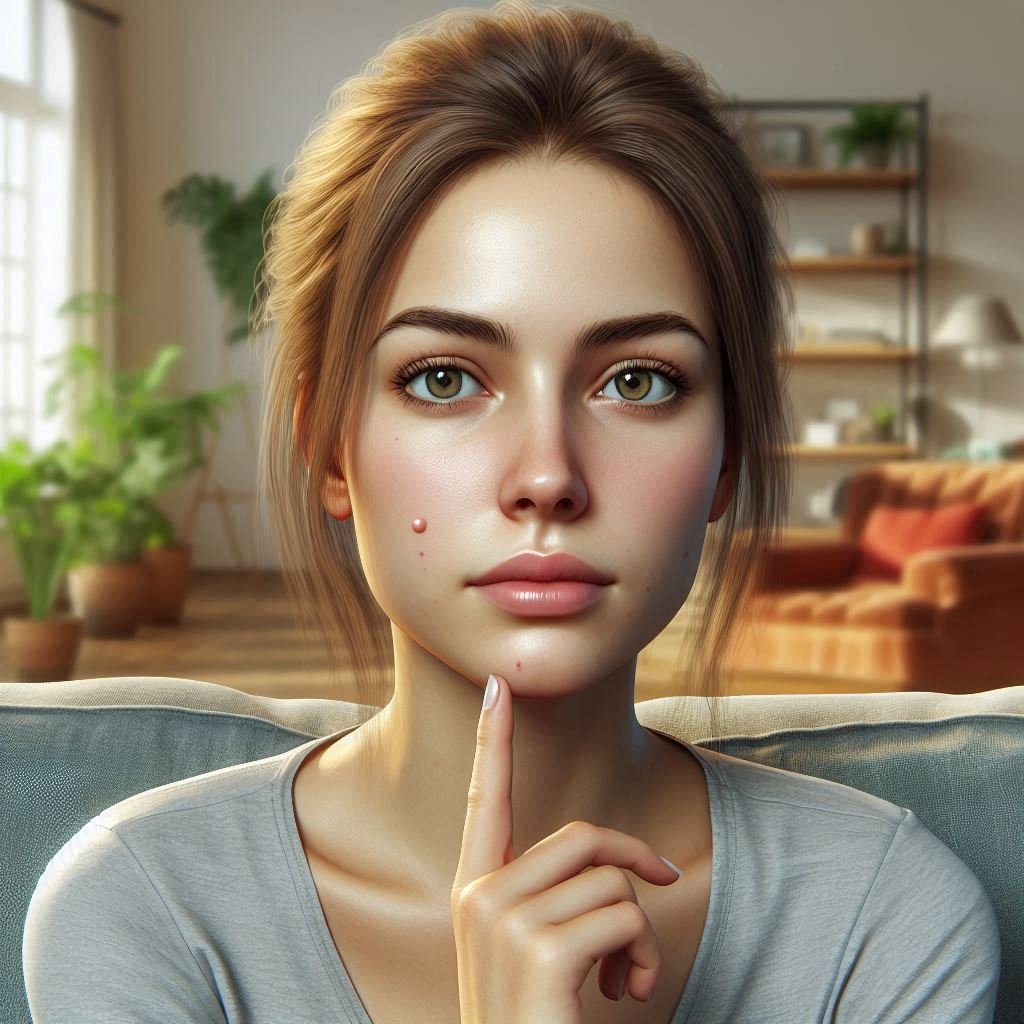
Cystic acne denies personal privacy. It’s like wearing a billboard that screams, “Yes, something is wrong with my skin!” Acne poses multiple cosmetic and emotional problems for women, and as researchers Christina Williams and Alison Layton found, transforming a nodule infested face into flawless skin takes time and a serious patient commitment. But no one wants to, or should, have to wait indefinitely to “look better”.
To ease the burden of cystic acne, a qualitative study of women with acne presented in Canadian Family Physician found that many females get cosmetic relief from supportive family members, using makeup to cover acne lesions and trying self help methods.
When isotretinoin is not enough
Women may also soothe away acne pain using isotretinoin, a drug released in the 1980s to treat severe acne that does not respond to three months of moderate acne medications. Since its arrival to pharmacies, examiners have consistently tested the efficacy of isotretinoin.
Though isotretinoin stands as a superior acne preventing agent, according to a recent historical review of isotretinoin published in Dermatology, patients can experience cystic acne relapses after a course of treatment. For instance, if the first prescription of isotretinoin is too low, patients may endure severe acne again-sometimes within three months to a year after having used isotretinoin.
Laser treatments to make the skin look better
When oral medications do not provide cosmetic improvements fast enough, women can opt for in-office doctor treatments. Now, lasers are replacing quick-fix acne treatments like steroids injections that reduce the inflammation cystic lesions can induce. And unlike temporary injections, lasers seem to impart lasting results.
For example, in a study presented in the Journal of Cosmetic and Laser Therapy, scientists treated women suffering with severe acne with the LaserPeel (2940nm ebium: YAG laser). During the investigation, patients received three laser sessions over the course of three months and witnessed satisfactory improvements in their inflamed acne lesions.
Likewise, investigators using a Glass laser (1540nm ebium:Glass laser) observed that this treatment created an isotretinoin-like effect on the skin- it shrank the oil follicle size. Plus, patients noticed that the oil-reducing effect and minimal acne incidences lasted for at last a year after the laser treatment.
Even though laser treatments are pricey, it’s hard to put a price on dramatically improving the way you look and feel.
Sources:
Angel, Sylvie; Dominique Boineau, Serge Dahan & Serge Mordon. Treatment of active acne with an Er:Glass (1.54 µm) laser: A 2-year follow-up study. Journal of Cosmetic and Laser Therapy; December 2006, vol 8, no 4 , pp 171-176.
Magin, Parker et al. Psychological sequelae of acne vulgaris: Results of a qualitative study. Canadian Family Physician, August 10, 2006; vol 52, no 8, p 979-986.
Zaniewski, Michelle; Sukhbir Inder & Paramjit Basra. Erbium:YAG laser resurfacing in patients with inflamed cystic acne. Journal of Cosmetic and Laser Therapy, December 2006; vol 8, no 4, pp 163-166.
Zouboulis, Christos. The truth behind this undeniable efficacy –Recurrence rates and relapse risk factors of acne treatment with oral isotretinoin. Dermatology, 2006; no 212, pp 99-100.




